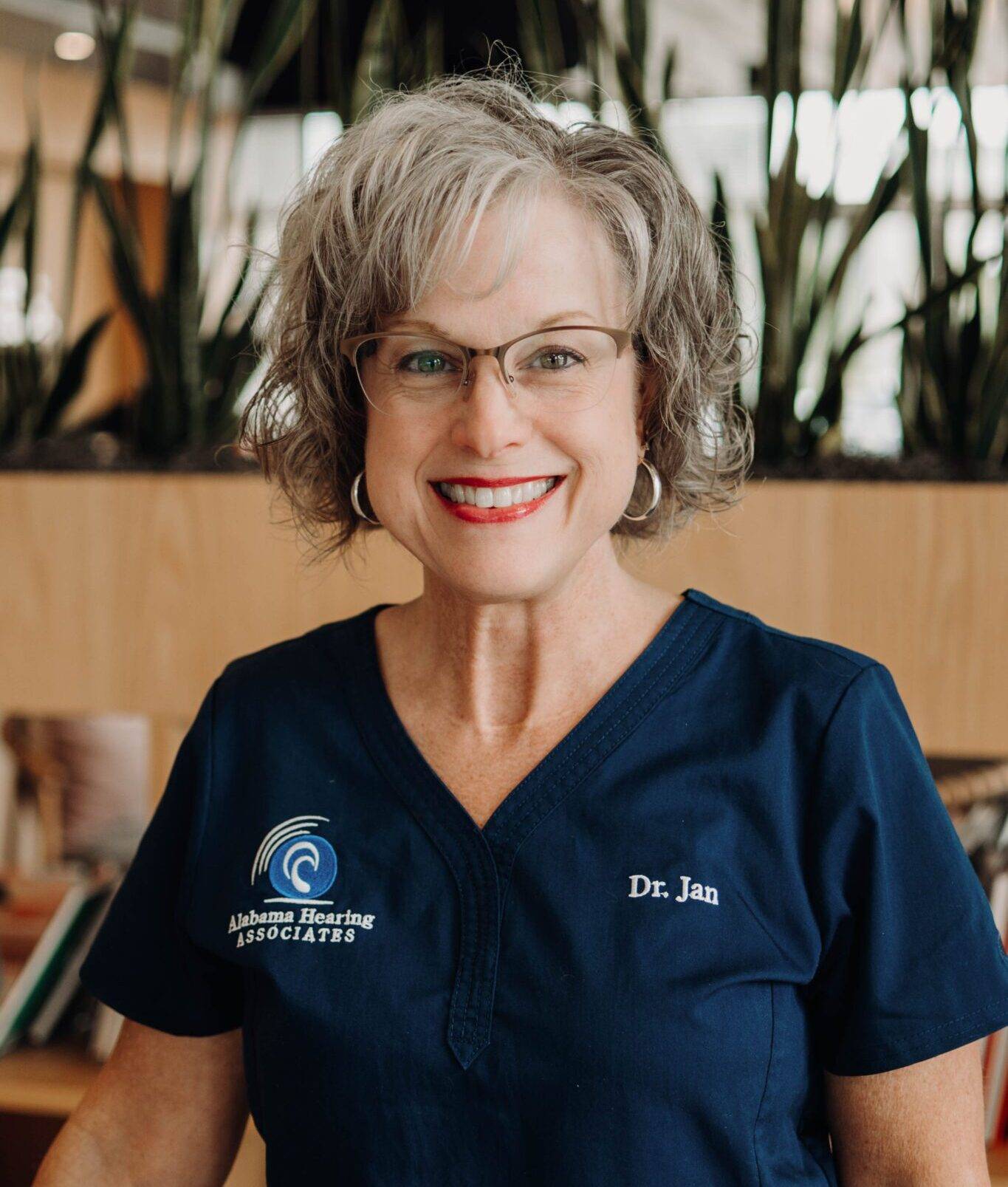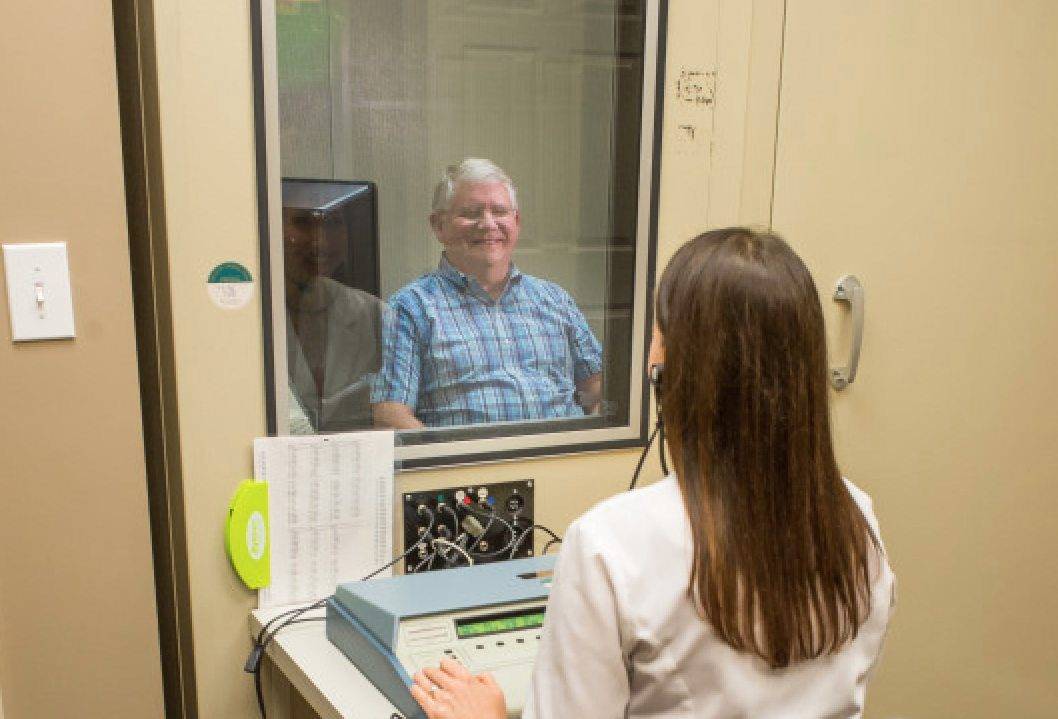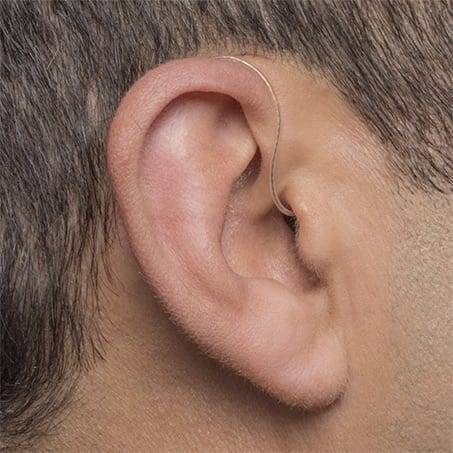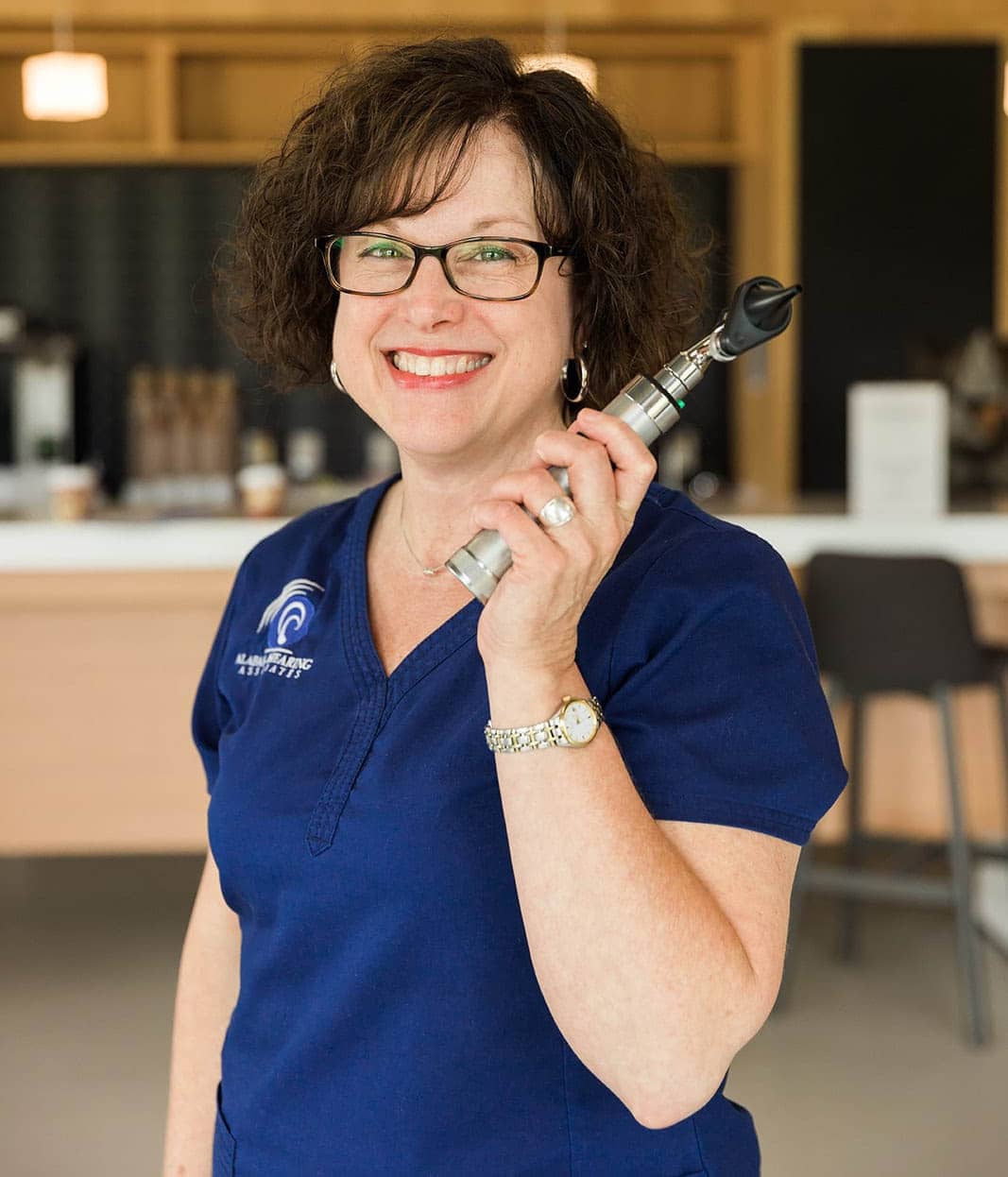Best Practice Pro Provider | Alabama

Your Approved ‘Best Practice Pro’ Providers in Madison & Huntsville
How To Know Your Prescription Hearing Aids Are Programmed Correctly
What Are Best Practices?
In 2006, the American Academy of Audiology published “Guidelines for the Audiologic Management of Adult Hearing Impairment.” These guidelines were intended to provide a set of standards or “Best Practices” for the assessment and treatment of hearing loss in adults. The goal for performing best practices is to increase the likelihood of patient satisfaction and benefit as often as possible.
“Connect 365” at Alabama Hearing Associates is our way of weaving Best Practices into the fabric of our practice. From assessment to ongoing maintenance, we strive to have satisfied patients every time!
The Best Practice guidelines were based on expert review of research evidence in four main areas, all of which are addressed in our “Connect 365″ assessment and treatment plan.
#1 - Assessment and Goal Setting
The first step is to assess communication needs. In preparation for your first appointment, we will have you fill out a basic medical history form as well as quality of hearing and quality of life forms to assess your listening needs. It’s very important to fill this out in advance if at all possible so the audiologist can go over your history and research anything necessary. After otoscopy and the hearing evaluation, we will review the test results and work together to set communication goals.
#2 - Technical Aspects of Treatment
a. Prescription Hearing Aid Selection: Based on your communication goals and hearing assessment, you and your provider will go over the different features of various prescription hearing aid models, and the audiologist will recommend what best fits your needs. Some options that will be discussed: one hearing aid vs. two, noise reduction features, style of hearing aid, or if an FM system would be beneficial.
b. Fitting and Verification: After ensuring that the physical fit of hearing devices is comfortable, the next step is Real Ear Measurement (REM). REM is the most important step in any hearing aid fitting; without it, there’s no way to ensure that you are receiving the correct amount of amplification. While the process only takes about 10 minutes, you may be surprised to hear that a majority of hearing healthcare providers do not complete REM on a regular basis.
c. Assistive Technology Review: The last step when making a treatment plan recommendation is discussing assistive technology such as Bluetooth or other wireless accessories. Most prescription hearing aids automatically come with wireless streaming from smartphones and it has been a lifesaver for those that are working remotely and spending hours on teleconferences. As for other wireless accessories, the two most popular solutions are a small microphone used in less-than-ideal listening environments and a TV streamer that streams the TV’s sound directly into your ears—which can be a lifesaver when watching British TV shows or during football season. If your audiologist believes they would be beneficial for you, they will discuss your options and demonstrate the device in the office.
d. Quality Control: The most sensitive quality control measure is something called Electroacoustic Analysis. We complete this on every new set of prescription hearing aids, when a patient is “adopted” from an outside clinic, before delivery of any repaired device, and on an annual basis.
#3 - Orientation, Counseling, and Follow-up
Dr. Cliff (the creator of the Best Practice Pro Network) said it best: “Having a detailed orientation can dramatically improve how much success you have with hearing treatment. Counseling & Follow-up care can also ensure that you have success for years to come. Regular visits to a hearing care provider who spends the time to discuss treatment related information and who will maintain your devices is extremely important.” During the orientation, your provider will give you the tools you need to be a successful hearing aid user. Everyone has different learning styles and we want to make sure whatever works best for you is what’s used. After the 75 day adjustment period, routine checkups are necessary to maintain the hearing aids and to ensure optimal hearing healthcare; click here to learn more about our Annual Hearing Aid Checks.
#4 - Assessing Outcomes
To ensure the most success with your hearing devices, we measure the benefits of amplification at the end of your adjustment period—some of the surveys and tests included in the “Connect 365” Functional Hearing Assessment will be repeated to evaluate progress, quality of life, and patient satisfaction with the hearing aids.
Why choose a Best Practice Pro Provider?
When it comes to your hearing health, you deserve the best; not just the best audiologist but also an audiologist who employs the best practices in the industry.
At Alabama Hearing, we see to it that the care and service we provide is always up to date, and that is made possible by being in the Hearing Up Network and being an approved Best Practice Pro Provider in the locality.
Best Practice Pro Provider | Alabama
Ready to work with your local Best Practice Pro Provider? Please call us at (256) 319-4327 or submit a contact request and one of our helpful team members will call you back shortly.
Request a Callback
Have a question or want some professional guidance? Please complete this form and a member of our team will call you for a friendly, no-obligation conversation.

I am 55 years old and took a stab at hearing aids about eight years ago. At that time, my audiologist in San Antonio ran the basic test of boops and beeps and sold me a set of hearing aids, which he knew nothing about — including how to program them. After about three years of hearing “the same mumbling, only louder,” I put the aids in a drawer and moved on, resigned to lip-reading and asking people to repeat what they said. Jump to March 2021, when I discovered YouTube videos about how hearing loss and cognition decline are related. Dr. Cliff’s channel in particular, explains a diagnostic technology called the Cognivue Thrive….
– Michael Clarke
Meet The Team
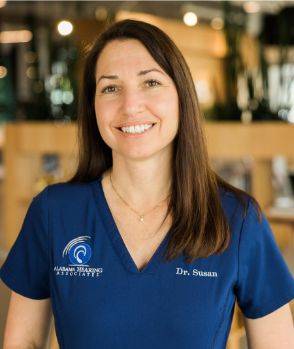
Dr. Susan Sheehy
Doctor of Audiology
Dr. Jan Liles
Doctor of Audiology

Dr. Sarah Kate Fisher
Doctor of Audiology

Dr. Brianna Thomas
Doctor of Audiology

Pam
Insurance Specialist

Stephanie
Patient Care Coordinator
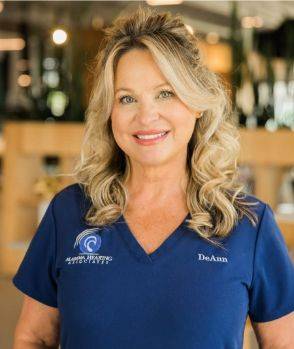
DeAnn
Patient Care Coordinator

Laura
Patient Care Coordinator

Chris
Account and HR Manager

Sonya
PATIENT CARE COORDINATOR

Gabby
AUDIOLOGY ASSISTANT
It is often the small things that hold us back from making a decision. That’s why we are on hand to help.
Simply complete the Callback form to request a friendly, no-obligation conversation with one of our helpful team members.
Don’t want to wait? Call us at: (256) 319-4327

